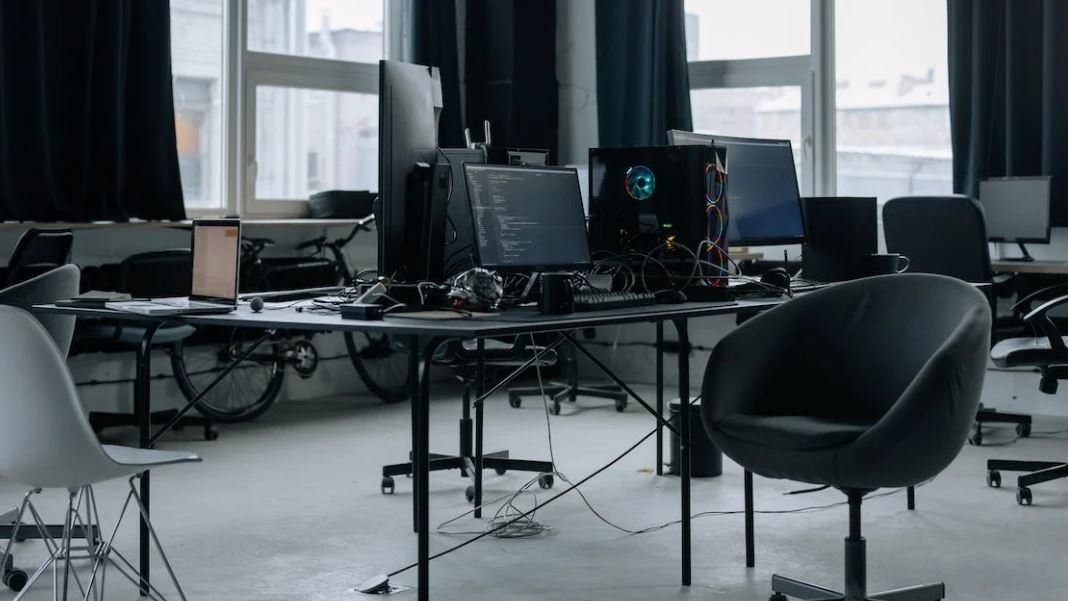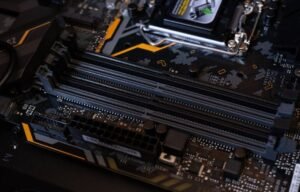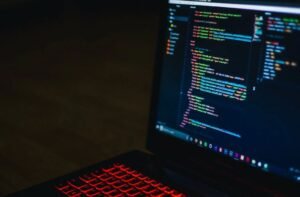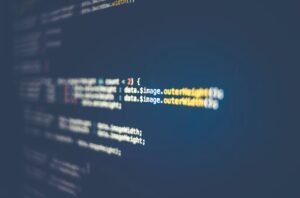Generative Art Code
Generative art is a fascinating form of digital art that is created using algorithms and code. Through the use of mathematical equations, randomization, and manipulating variables, artists can generate unique and ever-evolving artwork. This article explores how generative art code works and the possibilities it presents.
Key Takeaways:
- Generative art is created using algorithms and code.
- It allows for the generation of unique and ever-evolving artwork.
- Generative art code uses mathematical equations and randomization.
- With generative art code, artists can explore endless possibilities.
**Generative art code** relies on a complex set of instructions, often written in programming languages like JavaScript or Python. These instructions define the rules and parameters that govern how the artwork is generated. *By tweaking the variables and equations, artists can create an infinite range of outcomes.*
One of the key elements of generative art code is **randomization**. Artists can introduce randomness into the code by using functions that generate random numbers or by incorporating external data sources, such as live weather data or user input. *This element of unpredictability adds a sense of dynamism and surprise to the artwork.*
The Process of Generating Art with Code
- The artist defines the initial conditions and variables.
- The artist writes the code using algorithms, mathematics, and randomness.
- Through iterations and testing, the artist refines the code to achieve the desired visual outcome.
- The code generates the artwork, which can be displayed on a screen or printed on various media.
Generative art code can create a wide variety of visuals, such as intricate patterns, abstract compositions, or even interactive installations. *This medium gives artists the ability to explore new aesthetics and push the boundaries of traditional art forms.*
**Table 1:** Examples of Generative Art Styles
| Style | Description |
|---|---|
| Fractal Art | Artwork based on mathematical fractal equations, often resulting in self-similar patterns. |
| Algorithmic Patterns | Patterns generated using complex algorithms, showcasing intricate geometries. |
| Evolutionary Art | Artforms that simulate evolutionary processes, allowing for self-modifying and adaptive visuals. |
Generative art code has gained popularity among artists and technologists due to its limitless possibilities for creativity. *By experimenting with different variables, parameters, and algorithms, artists can generate unexpected and unique outcomes every time.*
**Table 2:** Advantages of Generative Art Code
| Advantages | Explanation |
|---|---|
| Infinite Variety | Generative art code allows for the generation of an infinite range of visual outcomes. |
| Endless Exploration | Artists can continuously experiment with code and uncover new artistic possibilities. |
| Dynamic and Interactive | Generative art code can create visuals that respond to user input or change over time. |
Thanks to the advent of creative coding platforms and libraries, generative art code has become increasingly accessible to artists without extensive programming knowledge. *These tools provide templates, functions, and resources that artists can utilize to dive into the world of generative art without a steep learning curve.*
**Table 3:** Creative Coding Platforms
| Platform | Description |
|---|---|
| p5.js | A JavaScript library that simplifies the process of creating interactive visuals. |
| Processing | A flexible software sketchbook for visual arts and creative coding. |
| OpenFrameworks | A C++ toolkit for creative coding and rapid prototyping of multimedia software. |
Generative art code is not limited to static images but can also be applied to other art forms, such as sound and motion graphics. *This interdisciplinary approach opens up new avenues for artistic expression and collaboration across different mediums.*
**In summary**, generative art code harnesses the power of algorithms, randomness, and creativity to produce unique and ever-evolving visuals. With its infinite variety and endless exploration, this medium allows artists to push the boundaries of traditional art forms and create captivating experiences for viewers.
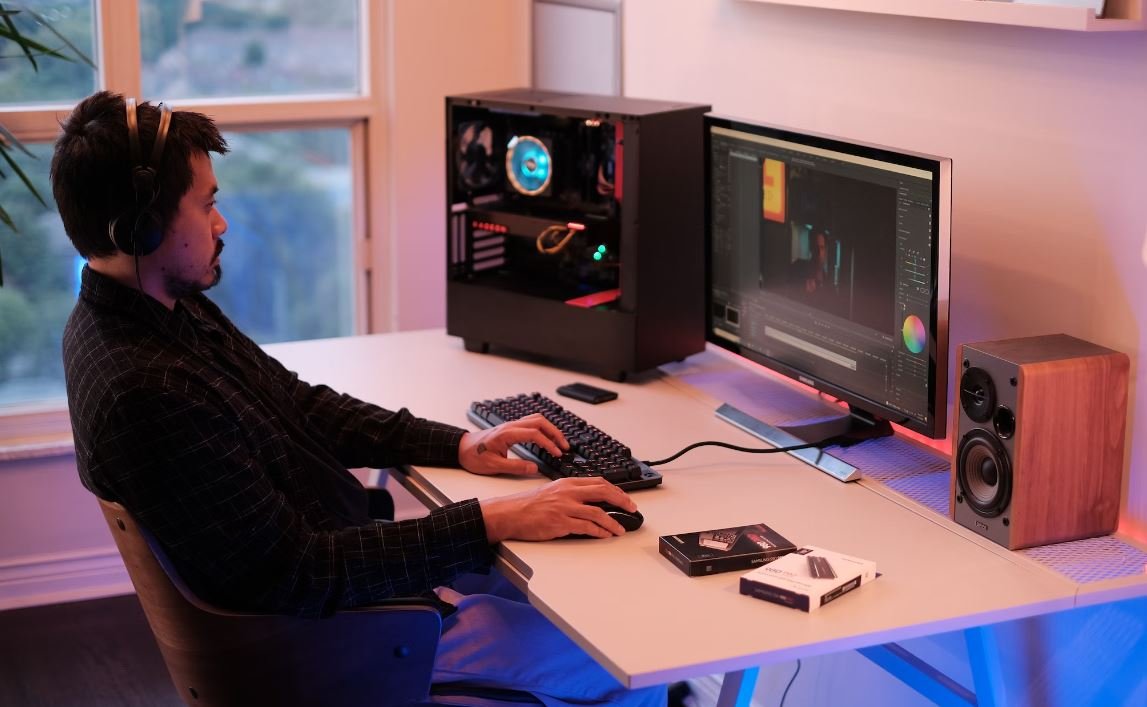
Common Misconceptions
Generative Art is Just Random
One common misconception about generative art is that it is completely random and lacks any structured process. However, generative art is based on algorithms and code that follow a set of rules, resulting in organized and intentional patterns.
- Generative art uses algorithms and rules to create patterns.
- Design choices and parameters are set by the artist.
- Generative art has a purpose and intention behind its creation.
You Don’t Need to Understand Programming to Create Generative Art
Another misconception is that you don’t need to understand programming to create generative art. While it is possible to use pre-existing tools and software to generate art, having a basic understanding of programming concepts can greatly enhance your creative possibilities.
- Basic programming knowledge allows for more customization and control over the artwork.
- Understanding code helps in troubleshooting and refining generative art projects.
- Programming skills can lead to unique and innovative generative art creations.
Generative Art is Only Digital
Many people believe that generative art is solely a digital medium. However, while digital platforms offer great accessibility and flexibility, generative art can be created using various materials and techniques, including traditional art forms such as painting, sculpture, and printmaking.
- Generative art can exist in physical forms, like paintings and sculptures.
- Traditional art techniques can be combined with generative algorithms to create unique pieces.
- Digital platforms allow for easier experimentation and iteration in generative art creation.
Generative Art is Easy to Create
Contrary to popular belief, generative art can be a complex and challenging process. It requires a deep understanding of programming concepts, artistic vision, and iteration. Achieving desired results often involves extensive experimentation and refinement.
- Creating generative art requires a combination of artistic and technical skills.
- Iterative refinement is often necessary to achieve desired outcomes.
- Generative art pushes boundaries and challenges the creator’s artistic and technical abilities.
Generative Art is Created Solely by the Computer
Some people assume that when generative art is created, the computer autonomously generates the entire artwork without any input from the artist. In reality, generative art is a collaborative process between the artist and the computer, with the artist’s creative decisions and intentions guiding the code.
- The artist sets the rules, parameters, and design choices for the generative art.
- The computer generates the patterns or outputs based on the artist’s instructions.
- Generative art requires the artist’s creative vision and intention to bring it to life.
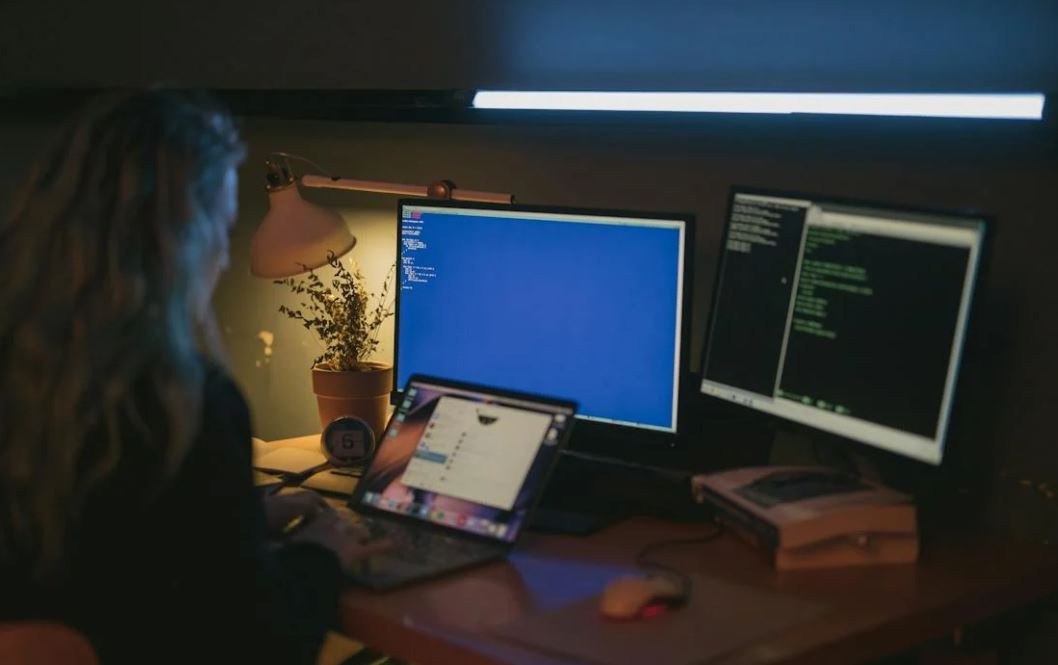
Introduction to Generative Art Code
Generative art refers to artistic creations that are produced by using an autonomous system or algorithm. Through the use of code, artists can create dynamic and unique artworks that evolve and change over time. This article explores ten intriguing examples of generative art code, showcasing the diverse ways in which creative minds have utilized programming to produce mesmerizing visual experiences.
Sinewave Visualization
This table showcases the Sinewave Visualization, an algorithmic artwork that generates mesmerizing patterns based on the manipulation of sine waves. By altering the frequency and amplitude of the waves, the artist creates intricate visual effects reminiscent of a kaleidoscope.
| Frequency | Amplitude | Result |
|---|---|---|
| Low | High | Swirling Vortex |
| High | Low | Rapid Oscillation |
| Medium | Medium | Interwoven Waves |
Fractal Tree Generation
This table demonstrates the Fractal Tree Generation algorithm, which employs recursive functions to replicate the branching patterns found in nature. By adjusting parameters such as branch angle and length reduction, the code generates captivating illustrations of fractal trees.
| Branch Angle | Length Reduction | Result |
|---|---|---|
| 30° | 0.6 | Delicate Snowflake Branches |
| 45° | 0.7 | Lush Foliage with Thick Branches |
| 60° | 0.8 | Elegant Willow-like Shape |
Particle Swarm Simulation
This table showcases a Particle Swarm Simulation, a generative code that imitates the behavior of a swarm of particles. By defining rules for attraction and repulsion, the artist creates mesmerizing patterns that mimic the movement of flocks of birds or schools of fish.
| Number of Particles | Attraction Force | Result |
|---|---|---|
| 100 | High | Complex Swarming Patterns |
| 500 | Medium | Organized Collective Movement |
| 1000 | Low | Chaotic Scattering |
L-System Art
This table illustrates L-System Art, a technique that employs string rewriting rules to produce intricate geometric designs. By repeatedly applying production rules to an initial axiom, artists generate visually appealing patterns reminiscent of branching structures or crystalline formations.
| Axiom | Production Rules | Result |
|---|---|---|
| A | A → AB, B → A | Simple Branching Structure |
| A | A → AB, B → BC, C → A | Complex Interwoven Pattern |
| A | A → BC, B → C, C → ABA | Triangular Fractal Art |
Cellular Automaton
This table presents a Cellular Automaton, a fascinating model that demonstrates complex behavior emerging from simple local interactions. By defining rules for cell states and spatial neighborhoods, the code generates intricate patterns resembling biological systems or self-organizing structures.
| Number of States | Neighborhood Type | Result |
|---|---|---|
| 2 | Moore Neighborhood | Conway’s Game of Life |
| 3 | Von Neumann Neighborhood | Langton’s Ant |
| 4 | Hexagonal Neighborhood | Hexagonal Patterns |
Data Visualization: Streamgraph
This table exemplifies the Streamgraph data visualization technique, which enables the representation of quantities over time. By utilizing stacked graph layouts, the code produces visually striking representations of trends or changes in data sets.
| Data Set | Streamgraph Style | Result |
|---|---|---|
| Monthly Sales | Curved Streamgraph | Flowing Visual Representation |
| Population Statistics | Layered Streamgraph | Distinct and Overlapping Patterns |
| Climate Data | Stepped Streamgraph | Periodic and Staggered Visualization |
3D Terrain Generation
This table demonstrates the 3D Terrain Generation algorithm, which allows artists to create realistic landscapes procedurally. By employing noise functions and various parameters, the code generates stunning three-dimensional terrains resembling mountains, canyons, or natural formations.
| Noise Function | Amplitude | Result |
|---|---|---|
| Perlin | High | Majestic Mountain Ranges |
| Simplex | Medium | Gently Rolling Hills |
| Value | Low | Smooth Plains |
Generative Typography
This table showcases Generative Typography, where algorithms are used to create visually striking and unique fonts or text layouts. By manipulating parameters such as spacing, rotation, and character morphology, artists create captivating typographic compositions.
| Spacing | Rotation Angle | Result |
|---|---|---|
| Tight | 0° | Elegant Script-like Typeface |
| Medium | 45° | Playful and Dynamic Typography |
| Loose | 90° | Abstract Textual Art |
Particle System Animation
This table provides an example of a Particle System Animation, a code-based technique that simulates the movement and interaction of particles in a dynamic environment. By defining rules for particle behavior and environmental forces, artists create captivating animations reminiscent of natural phenomena or abstract visualizations.
| Number of Particles | Force Field Intensity | Result |
|---|---|---|
| 500 | High | Explosive Particle Burst |
| 1000 | Medium | Swirling Vortex of Particles |
| 2000 | Low | Delicate Dancing Particles |
Conclusion
This article has explored ten fascinating examples of generative art code, showcasing the incredible potential of programming to create visually captivating and ever-evolving artworks. Each table illustrated a different algorithm or technique, demonstrating the versatility and creativity inherent in generative art. By harnessing the power of code, artists can push boundaries, challenge traditional notions of art, and unlock new realms of expressive and dynamic visual experiences.
Frequently Asked Questions
What is generative art?
Generative art is artwork that is created using a set of rules or an algorithm. It is often created by programming code to generate different visuals, sounds, or animations.
How is generative art different from traditional art?
Unlike traditional art, which is typically created manually by an artist, generative art relies on algorithms and code to create visuals or sounds. It is often unpredictable and can produce unique and evolving results.
What programming languages are commonly used for generative art?
Some popular programming languages for generative art include Processing, JavaScript, Python, and Max/MSP. These languages provide tools and libraries that facilitate the creation of generative art.
Can anyone create generative art?
Yes, anyone with programming knowledge can create generative art. However, some familiarity with concepts like algorithms, loops, and conditional statements is helpful for understanding and creating generative art.
What tools or software do I need to create generative art?
You can start creating generative art with just a text editor and a programming language of your choice. However, using specific software like Processing, openFrameworks, or Max/MSP can provide additional features and visualization capabilities.
Where can I find tutorials or resources to learn generative art?
There are many online resources available to learn generative art. Websites like Codecademy, CreativeApplications.Net, and OpenProcessing offer tutorials, examples, and forums where you can discuss and learn from others interested in generative art.
How can generative art be used in different industries?
Generative art has applications in various industries, including advertising, gaming, and data visualization. It can be used to create visually striking graphics, interactive experiences, or even generate unique patterns and textures.
Is generative art considered a form of artificial intelligence?
Generative art is not necessarily considered a form of artificial intelligence. Although it often uses algorithms and computational processes, it does not possess the ability to learn or make intelligent decisions like AI.
Can generative art be copyrighted?
Yes, generative art can be copyrighted. The unique expression of an artist’s generative art can be protected under copyright laws, just like any other form of creative work.
Are there any legal concerns or limitations when using generative art in commercial projects?
When using generative art in commercial projects, it is important to ensure that you have the necessary rights to use any resources or libraries incorporated into your code. Additionally, you should comply with copyright laws and obtain permission when appropriate.

